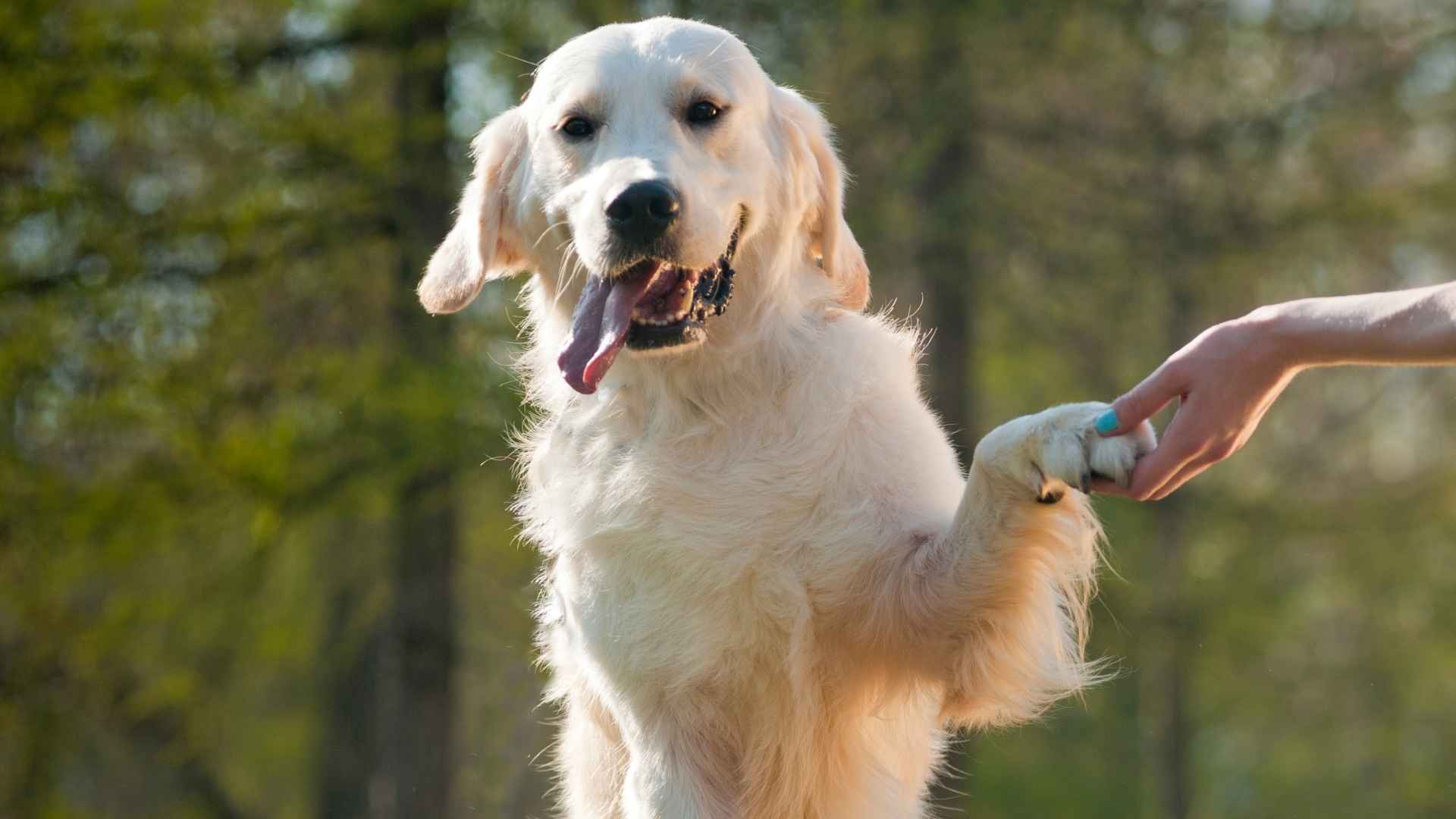All of us know dogs as man’s best friend, but not all dogs are outgoing social butterflies, and that’s ok! Some dogs have to maintain a serious and dignified persona to suit their role best.
While most dogs thrive on human companionship, other dog breeds tend to be naturally aloof, independent, and even wary of strangers. These low-friendly dogs aren’t bad at all, they just need a more experienced owner who can understand how to manage their temperament.
Here’s a look at 7 dog breeds that are commonly known as less friendly, especially towards unfamiliar people or animals.
Low Friendliness Dog Breeds
1. Shiba Inu
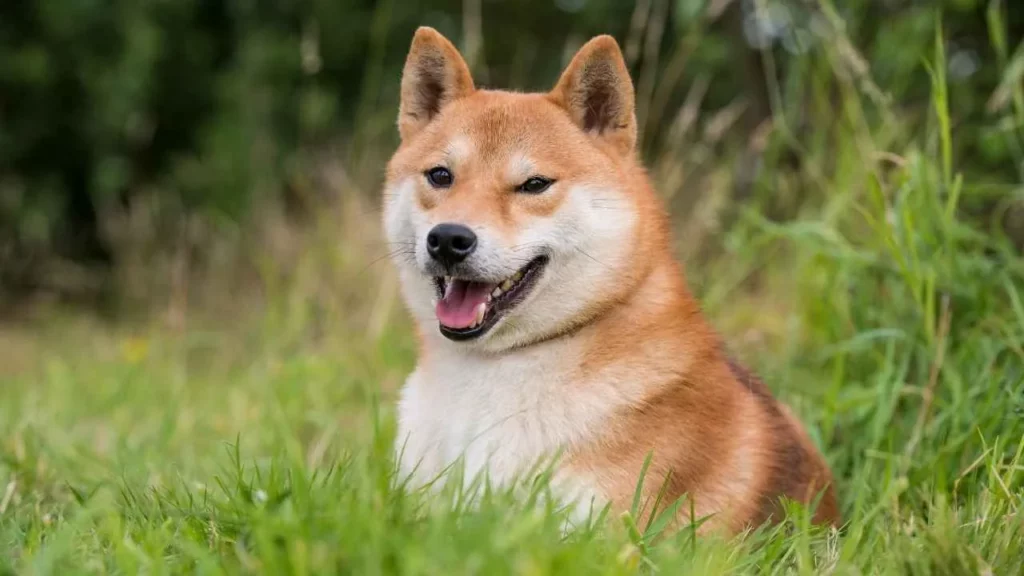
Key Traits: Independent, aloof, strong-willed
Needs: Consistent early socialization, firm but gentle training, patience
The Shiba Inu is one of Japan’s oldest and most iconic breeds. They have a fox-like appearance, hence a spitz breed, and a bold personality.
They are cat-like in terms of aloofness and keeping themselves clean. Shibas are not the most people-pleasing dogs out there. They tend to be wary of strangers, dislike being touched, and have low tolerance towards children and their unpredictable actions. They should not be around children if not well socialized from puppyhood.
They are known to be stubborn and may be challenging to train if not handled gently. They learn things quickly if they choose to, especially if you use positive training methods and their favorite treats.
That said, they form deep bonds with their humans and are very loyal, just not overly cuddly.
2. Akita
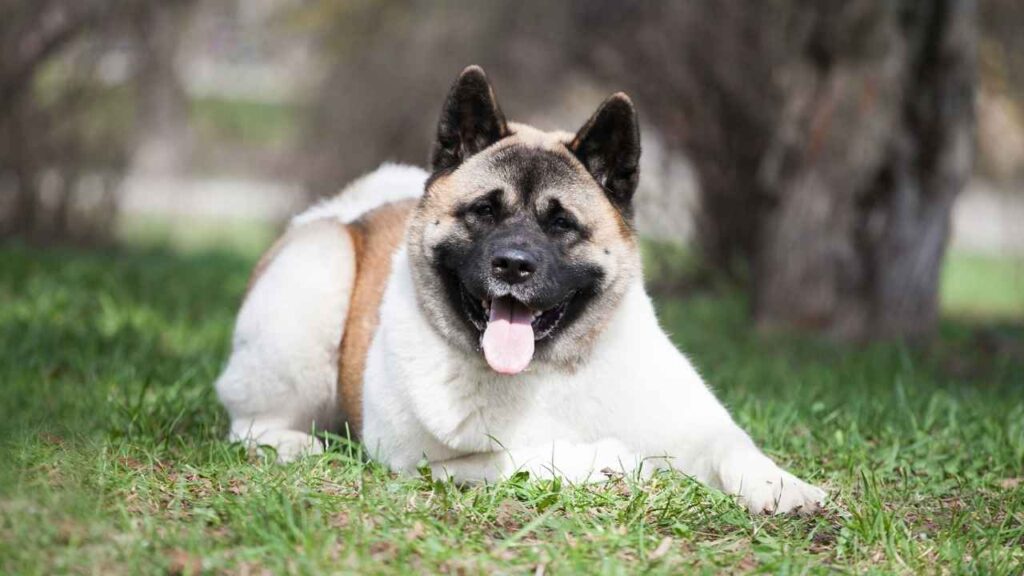
Key Traits: Protective, dominant, Independent
Needs: Consistent and confident training, early and ongoing socialization, limited exposure to chaotic or unfamiliar environments
The Akita Inu is another powerful and dignified breed from Japan. It is known for its unwavering loyalty and quiet presence.
While they are incredibly devoted to their families, they can be very reserved and even hostile towards strangers. They don’t tolerate other dogs as well, especially the dogs of the same sex, even if they are of the same breed.
Akitas have a strong guarding instinct, and they are territorial, which are excellent qualities of a protector. But this also means that they need a firm hand in training them. According to AkitaInu.com, Akitas always follow the strongest leader of the pack. So, owners have to bring their alpha skills to the table, or they have to deal with an overly independent and dominant dog.
Training and socialization should start as early as possible, and interaction with children and strangers must always be under strong supervision.
3. Afghan Hound

Key Traits: Independent, aloof, sensitive
Needs: Gentle training, patience, calm environment
With their flowing long coats and aristocratic beauty, the Afghan Hounds are one of the most elegant-looking dog breeds ever! Their beauty may call for extra attention, but beware, they usually do not appreciate it. In fact, they are famous for being dignified and independent.
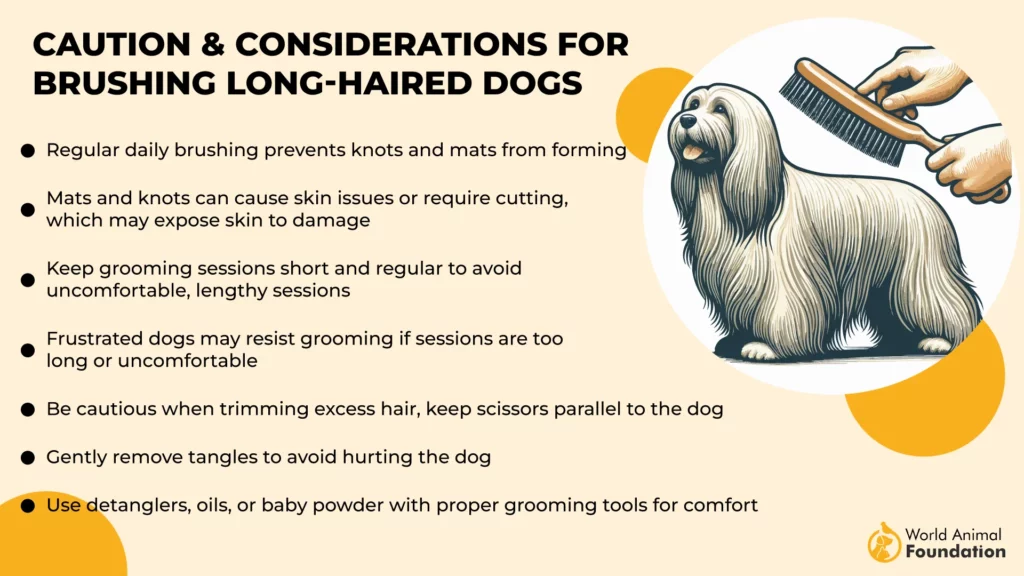
Bred for hunting in the mountains of Afghanistan, they have developed a strong sense of self-reliance, and they don’t seek out human affection or attention. The Afghan Hounds usually get attached to a single owner and may be affectionate and loyal towards family members.
They are sensitive and do not respond well to harsh training methods or chaotic households. They are highly intelligent, which is sometimes misunderstood as stubbornness, as they tend to do what they see as worth doing. They simply won’t respond to commands if they don’t feel like it.
4. Chinese Shar Pei
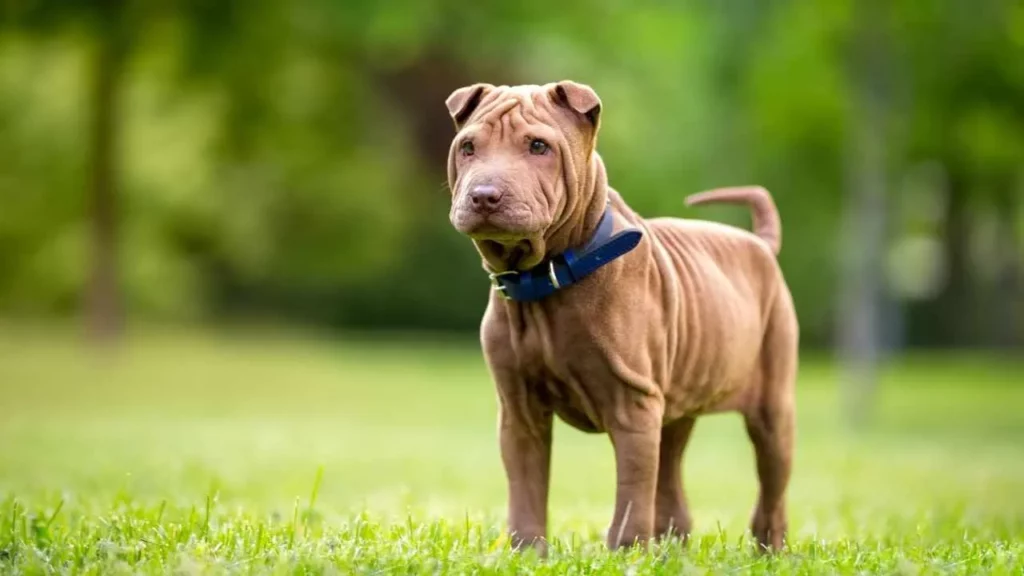
Key Traits: Wary, independent, serious-minded
Needs: Confident leadership, minimal exposure to chaotic environments
The Chinese Shar Pei is unmistakable due to its wrinkled skin, serious expression, and hippopotamus-like face. It is truly a dog with a complex temperament.
Shar Peis are loyal and protective when it comes to their owners and family members, but they are suspicious of strangers, reserved in social settings, and can be aggressive towards unfamiliar dogs if not properly socialized.
Their wariness and independent nature are natural to them as they were bred to be guard dogs and fighting dogs in ancient China. Their guarding instincts have remained strong throughout. They are not the type to cuddle or show affection, and they are pretty territorial if not managed well.
They are for experienced dog owners who understand firm yet respectful training methods. A well-trained and socialized Shar Pei may show some affection to their chosen human only.
5. Tibetan Mastiff
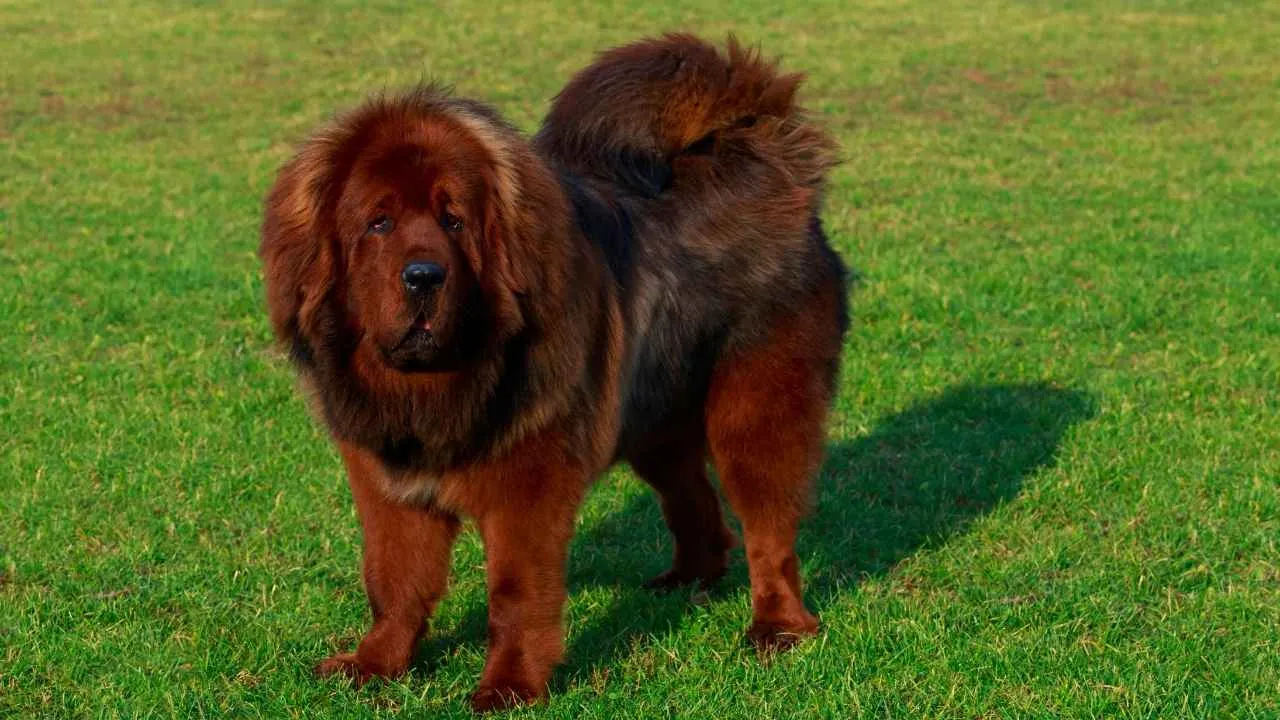
Key Traits: Aloof, Protective, strong-willed
Needs: Large secure space, experienced owners, consistent training, and boundaries
The Tibetan Mastiff is a massive and majestic guardian breed that was originally developed to protect livestock and monasteries in the Himalayas.
They have a strong instinct to protect, guard, and defend. They are naturally aloof, suspicious of strangers, and extremely territorial. Although they bond closely with their family members, they are not playful and rarely ever show affection.
Temperament-wise, they are stubborn and independent, which makes training a challenge. If you are a new dog owner, then this is definitely not the right dog breed for you! They don’t seek or give attention and prefer to be quiet and dignified in their space.
6. Rottweiler
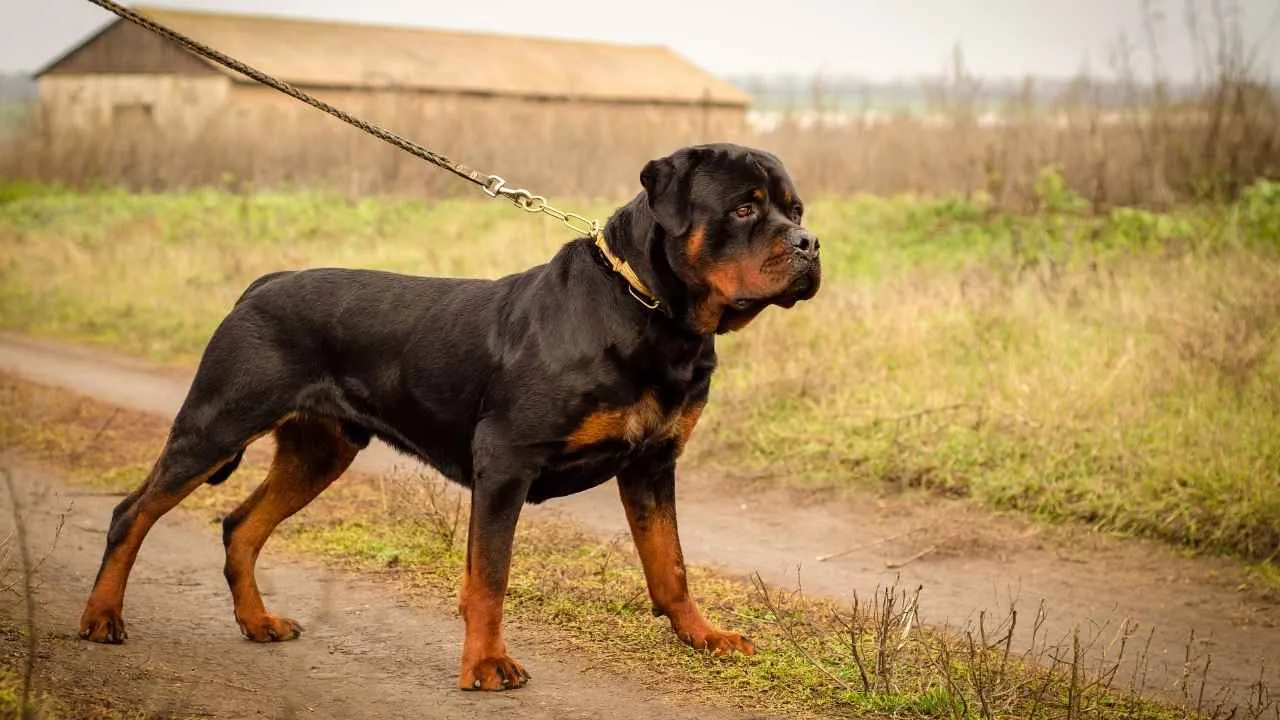
Key Traits: Protective, loyal, reserved with strangers
Needs: Ongoing socialization, firm but fair leadership, experienced dog owners
The Rottweiler is a working breed, known for its strength and guarding ability. Rotties are extremely intelligent, loyal, and playful with their families, but wary of strangers. They are mostly protective and dominant, with a tendency to be unfriendly.
Originally bred to drive cattle and guard property, Rottweilers are territorial and suspicious of unfamiliar people as well as other animals. But that doesn’t mean it can’t be managed.
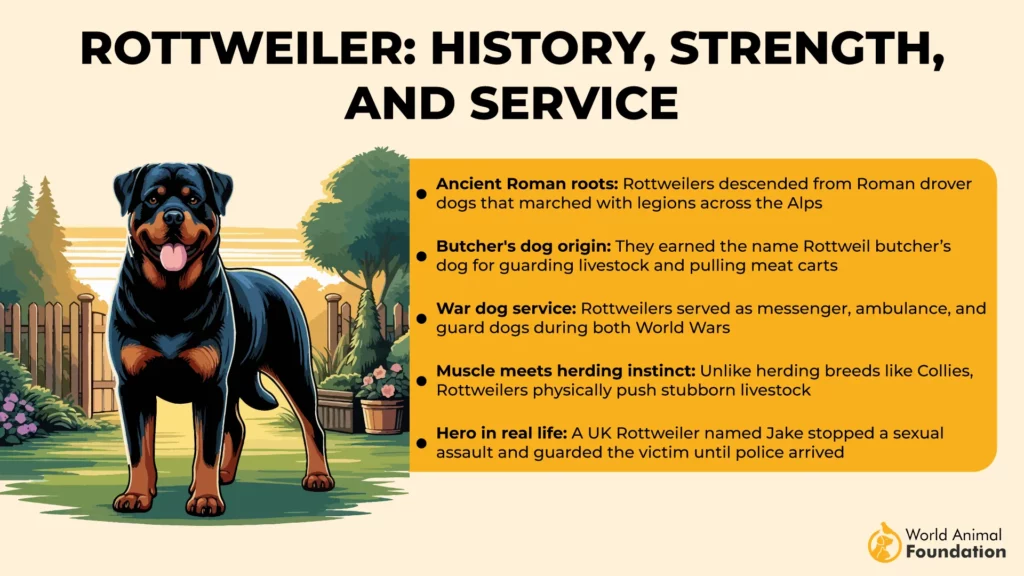
As per PetPlan. Rotties are sometimes unfairly branded as an aggressive breed. Their temperament highly depends on how well they are trained and socialized, often requiring a firm, dominant hand that can offer confident handling.
They are an active breed and need lots of space to run around and release their energy. They remain playful well into adulthood and prefer having the company of a family member at all times.
7. American Bulldog
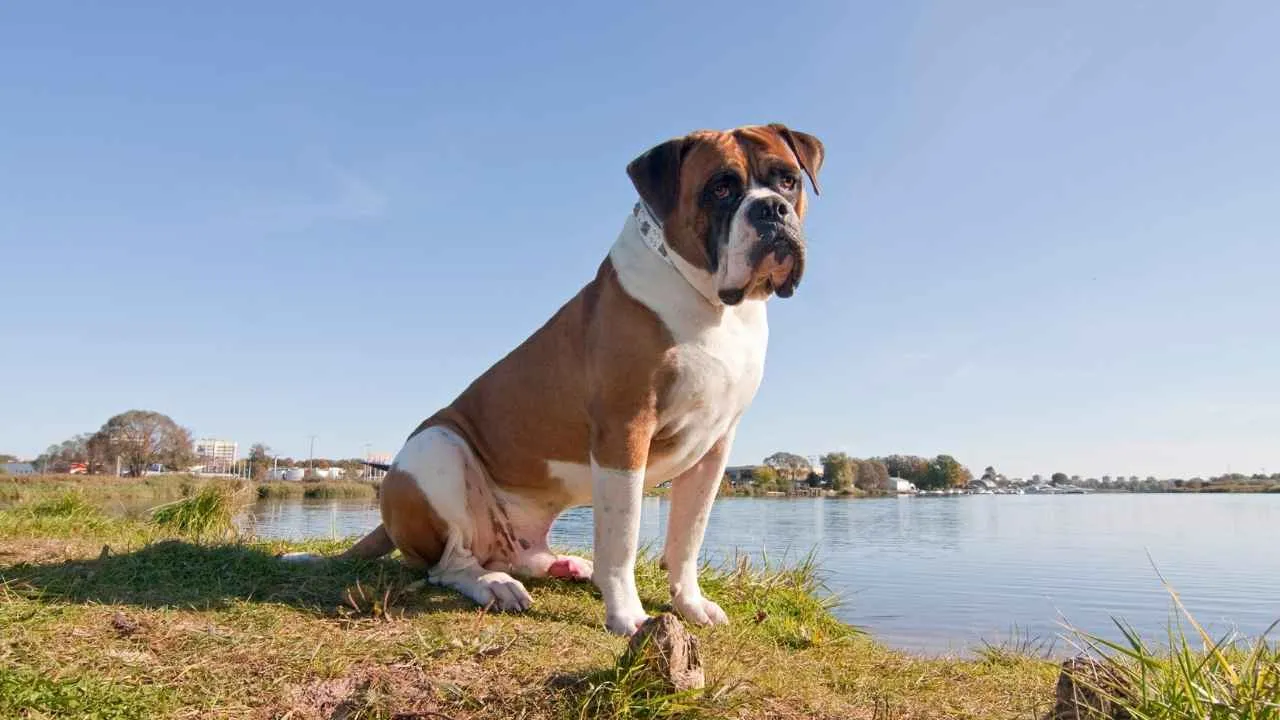
Key Traits: Strong-willed, protective
Needs: Early socialization, assertive training, and clear boundaries
The American Bulldog is a large, muscular dog with a confident personality. They are usually loyal and affectionate with family and other familiar dogs. But, they can be wary of strangers, often showing stubborn and territorial behavior.
They are incredibly smart and learn fast, which means they can pick up on bad habits as quickly as good ones. Any loopholes in training can backfire with this breed. They need a structured routine and consistent leadership in order to prevent dominant behaviors.
Another concerning factor of American Bulldogs is their large size. They are sometimes unaware of it and may get clumsy, tipping over furniture or small pets. Hence, they are not suitable for homes with small children as they may accidentally knock them and cause injury.
List of the Most Friendly Dog Breeds
While we have mentioned some of the most unfriendly dog breeds, here’s a list of the top friendly and popular dog breeds as per the American Kennel Club and Forbes:
Cavalier King Charles Spaniels
Boston Terrier
Golden Retriever
Labrador Retriever
Shih Tzu
Miniature Schnauzers
Bernese Mountain Dog
Pembroke Welsh Corgi
French bulldog
Australian Shepherds
Conclusion
While the dog breeds labelled as ‘low friendly dogs’ may be aloof with strangers, they aren’t necessarily bad companions. It simply means they can be more independent, cautious, or protective by nature.
For many pet owners, this reserved demeanor may actually be beneficial, especially for those looking for a loyal guard dog who doesn’t crave human attention. Each dog is unique in terms of qualities and social preferences. Understanding a dog’s temperament is key to building a successful bond.
Choosing a dog should never be based on looks alone. One must take time to understand a dog’s personality and specific needs to make sure they are a good match for your lifestyle.


